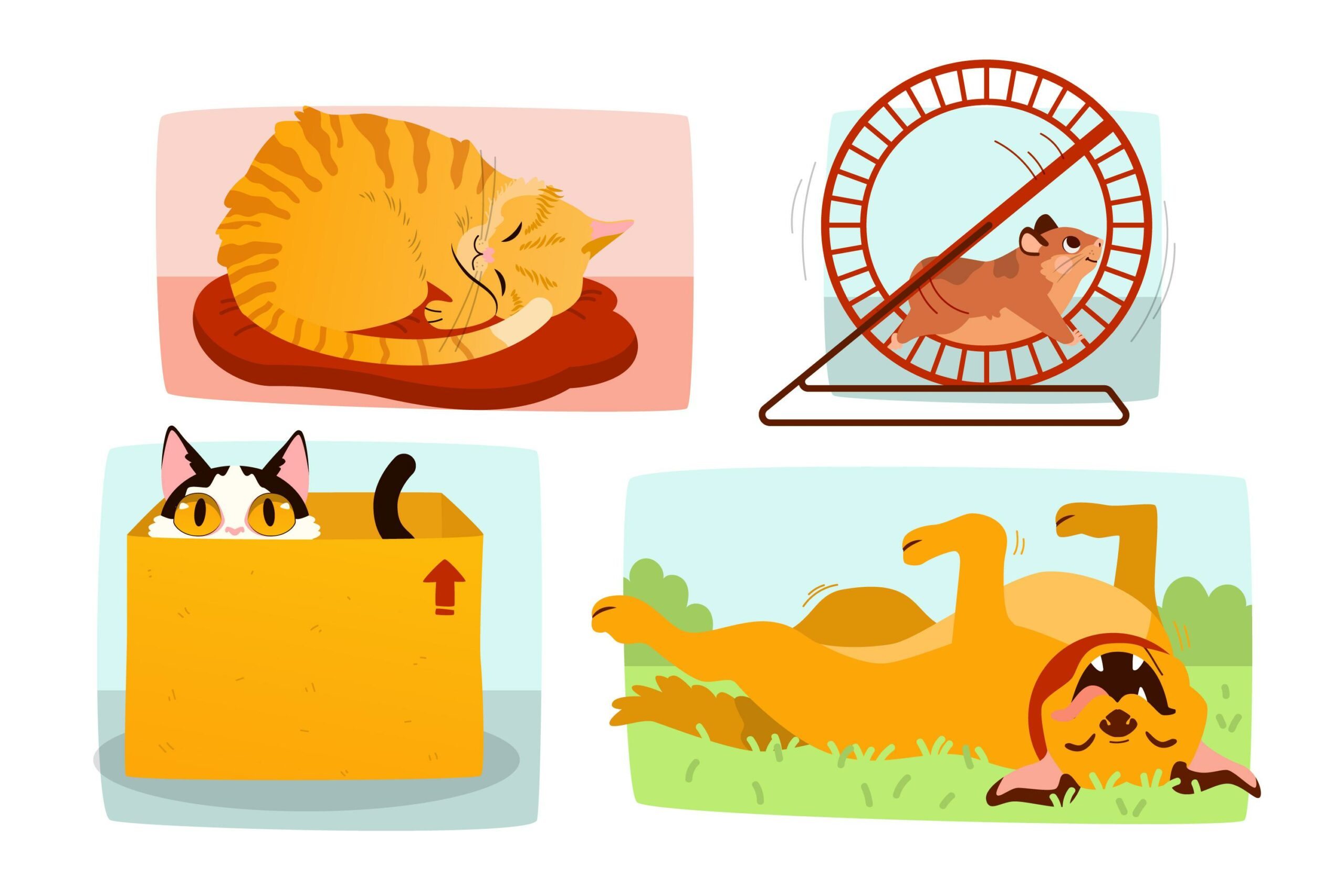Each animal species on Earth are an old tome of biological trivia, and the planet is home to more than one million known animal species. As a result of surprising facts, much of this seemingly random information is lost in the ether, leaving us to guess about things like dinosaur divorce rates and amphibian dance styles.
Even yet, we manage to catch a surprisingly large number of fish, which provides us with a wealth of intriguing information on our fellow fauna.
These nuggets, which range from extinct penguins to freshly discovered wasps, illustrate the depth of our own species’ interest about nature, and our ability to throw new light on it, in a variety of ways.
Anatomy
Octopuses have three hearts, as opposed to two in humans. One circulates blood throughout the body, while the other two deliver it to the kidneys. Oh, and the blood is blue because of the high copper levels in the body!
Owls do not have eyeballs, as is commonly believed. They are equipped with eye tubes.
Polar bears have dark skin on their bodies. This aids in the bear’s ability to absorb heat from the sun, which is essential for staying warm in an arctic climate, and it also likely shields the bear from damaging ultraviolet radiation.
The human brain consumes approximately 15 watts of energy.
Abilities

Butterflies can taste with their feet, thanks to a sensory organ known as chemoreceptors, which allows them to distinguish between different vegetation. In order to find the most suitable leaf on which to lay eggs, females “drum” the leaf with their foot in order to release fluids.
Animals with smaller bodies and a faster metabolism have the ability to perceive motion in slow motion.
Dogs have a sense of smell that is approximately 100,000 times stronger than that of humans, but they have just one-sixth the number of taste buds that we do.
Reindeer eyeballs change blue in the winter to assist them in seeing in low light conditions. This skill has not been observed in any other mammals to date.
In addition to being significantly thinner than human hair, spider silk is five times stronger than steel of the same width. According to reports, a rope only 2 inches thick might bring down a Boeing.
The claws of a mantis shrimp have the ability to accelerate at the same velocity as a.22-caliber bullet. Because their punches are capable of shattering glass, scientists must confine them in strong plastic tanks.
The Lions
A sea lion is the first nonhuman mammal to have demonstrated the ability to maintain a steady beat. Scientists taught a female sea lion named Ronan how to do it, and she then demonstrated that she could transfer that expertise to a song with a different tempo that she had never heard before.
Squirrels are incapable of burping or vomiting. No other rodent can do that either. In fact, this is one of the reasons why rat poison is so efficient; other mammals have a natural tendency to reject any hazardous substances they ingest.
Thirteenth, the extinct gigantic penguin was as tall as NBA star LeBron James on, surprising facts.
Honeybees can flap their wings 200 times per second, which is an incredible feat. Survival and Adaptation are important concepts in evolutionary biology.
One form of “immortal” jellyfish is capable of defying death eternally, according to scientists.
The venom of the black widow spider is particularly toxic to cats and horses, but dogs are generally immune to it. Sheep and rabbits, on the other hand, appear to be immune.
Dolphins and other animals

Sharks kill less than ten people every year, according to the International Shark Attack File. Humans are responsible for the deaths of over 100 million sharks each year. Our adversaries should be far more afraid of us than we are of them.
Wild dolphins communicate with one another by calling one other by their names. They each blow a distinctive whistle to distinguish themselves from one another, and they will answer if they hear their own call repeated back.
Young goats learn their dialects from their peers. As a result, they join humans, bats, and whales as mammals who have been observed to alter their vocal tone in order to fit into a new social group.
See other post for more content
